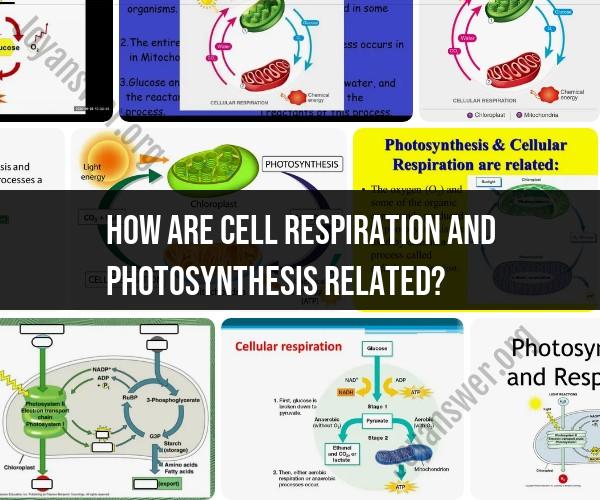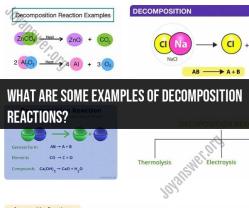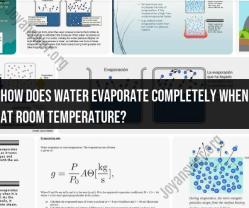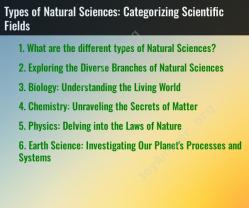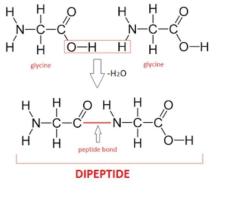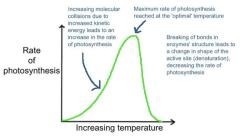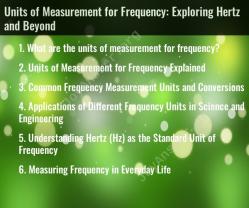How are cell respiration and photosynthesis related?
Cell respiration and photosynthesis are two essential biological processes that are closely related and interconnected. They are often described as opposite reactions that complement each other in the flow of energy and matter within the biosphere.
Energy Flow:
- Photosynthesis: In photosynthesis, which occurs in the chloroplasts of plant cells (and other photosynthetic organisms), light energy from the sun is converted into chemical energy in the form of glucose and other organic molecules. The equation for photosynthesis is:6 CO2 + 6 H2O + light energy → C6H12O6 + 6 O2
- Cell Respiration: Cell respiration takes place in the mitochondria of both plant and animal cells. It is a process by which organic molecules, like glucose, are oxidized to release energy in the form of adenosine triphosphate (ATP). The equation for cell respiration is the reverse of photosynthesis:C6H12O6 + 6 O2 → 6 CO2 + 6 H2O + ATP
Exchange of Gases:
- During photosynthesis, plants take in carbon dioxide (CO2) from the atmosphere and release oxygen (O2) as a byproduct.
- In cell respiration, organisms take in oxygen (O2) and release carbon dioxide (CO2) as a waste product.
Carbon Cycle:
- The products of photosynthesis (glucose and other organic compounds) serve as the primary source of energy for organisms. This stored energy is released during cell respiration.
- The carbon dioxide produced in cell respiration is used as a reactant in photosynthesis.
Interdependence:
- Photosynthesis is crucial for autotrophic organisms (like plants and some bacteria) as it allows them to produce their own food.
- Heterotrophic organisms (like animals) rely on the glucose produced by autotrophs in photosynthesis as a source of energy through cell respiration.
In summary, photosynthesis and cell respiration are interconnected through the flow of energy and matter. Photosynthesis captures and stores energy from the sun in the form of glucose, while cell respiration releases this stored energy. Additionally, the exchange of gases between these processes plays a vital role in the carbon cycle, supporting life on Earth. This relationship between the two processes is often described as a cycle, with the products of one process becoming the reactants of the other, ensuring a continuous exchange of energy and matter in ecosystems.
The Interconnected Processes of Cell Respiration and Photosynthesis
Cell respiration and photosynthesis are two interconnected processes that are essential for life on Earth. Photosynthesis is the process by which plants use sunlight, water, and carbon dioxide to produce oxygen and energy in the form of glucose. Cellular respiration is the process by which cells break down glucose and other nutrients to produce energy in the form of ATP.
The products of photosynthesis are the reactants of cellular respiration, and the products of cellular respiration are the reactants of photosynthesis. This cyclical relationship allows for the continuous transfer of energy and matter through living systems.
Energy Transfer Between Photosynthesis and Cell Respiration
During photosynthesis, plants use sunlight to convert water and carbon dioxide into glucose and oxygen. The glucose produced in photosynthesis is used for energy storage and growth. The oxygen produced in photosynthesis is released into the atmosphere.
During cellular respiration, cells break down glucose and other nutrients to produce energy in the form of ATP. ATP is the energy currency of the cell and is used to power all cellular processes. The carbon dioxide and water produced in cellular respiration are released into the atmosphere.
The energy that is transferred from photosynthesis to cellular respiration is used to power all of the life processes of plants and animals, including growth, development, reproduction, and movement.
The Role of Mitochondria and Chloroplasts in Cellular Processes
Mitochondria and chloroplasts are two specialized organelles that play essential roles in cellular respiration and photosynthesis, respectively.
Mitochondria are the powerhouses of the cell. They contain enzymes that break down glucose and other nutrients to produce ATP. Chloroplasts are the sites of photosynthesis in plant cells. They contain chlorophyll, a green pigment that absorbs sunlight.
Mitochondria and chloroplasts are both semi-autonomous organelles, meaning that they have their own DNA and ribosomes. This allows them to produce some of their own proteins. However, they also rely on the nucleus of the cell for some of their proteins and other resources.
Balancing Photosynthesis and Respiration in Plant Cells
Plant cells must balance the rates of photosynthesis and cellular respiration in order to maintain their energy levels and grow. During the day, when there is sunlight available, photosynthesis rates are typically higher than cellular respiration rates. This allows the plant to store energy in the form of glucose.
At night, when there is no sunlight available, cellular respiration rates are typically higher than photosynthesis rates. This allows the plant to use the energy that it stored during the day to power its night-time activities.
The balance between photosynthesis and cellular respiration is influenced by a number of factors, including the availability of sunlight, water, carbon dioxide, and nutrients.
Ecosystem Implications of Cellular Respiration and Photosynthesis
Cellular respiration and photosynthesis are essential for the maintenance of balanced ecosystems. Photosynthesis produces oxygen, which is used by all aerobic organisms for cellular respiration. Cellular respiration produces carbon dioxide, which is used by plants for photosynthesis.
The balance between photosynthesis and cellular respiration helps to maintain the levels of oxygen and carbon dioxide in the atmosphere. These gases are essential for life on Earth.
In addition, cellular respiration and photosynthesis play important roles in the cycling of nutrients through ecosystems. Plants absorb nutrients from the soil and use them to produce glucose during photosynthesis. Animals eat plants and obtain the nutrients that they need. When animals die and decompose, the nutrients are returned to the soil, where they can be used by plants again.
Cellular respiration and photosynthesis are two of the most important processes on Earth. They are essential for life, energy transfer, and nutrient cycling.
